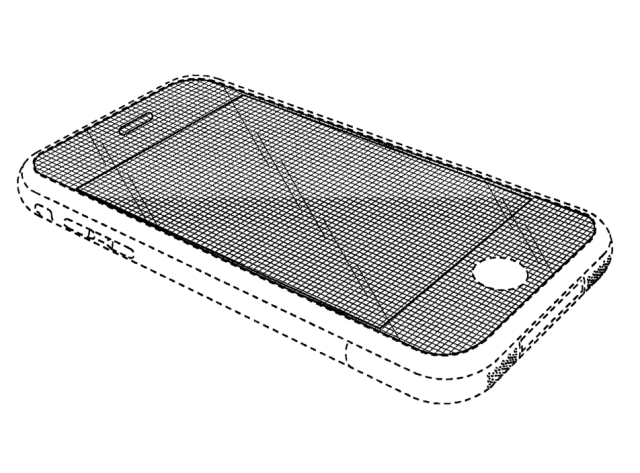
If Apple was finally feeling like it had a solid win after getting paid $548 million in patent damages by Samsung—well, now it shouldn't be so sure.
The Supreme Court said today that it will consider what kind of damages should be warranted when a design patent is found to be infringed as the court takes up the blockbuster Apple v. Samsung case.
After a 13-day trial in 2012, a jury held that Samsung's phones infringed Apple utility and design patents. Apple was originally granted $1.05 billion, but that number was slashed down on appeal. Samsung paid $548 million late last year, but the company didn't give up its right to one last appeal. A Supreme Court win could result in Samsung getting much of that money back.
In its petition, Samsung says that the massive damage awarded based on three design patents is a "ridiculous" result. In Samsung's view, the company was ordered to pay 100 percent of its profits for several phones even though there's no doubt that the patented designs only made a small contribution.
"The decision below is thus an open invitation to litigation abuse and has already prompted grave concern across a range of US companies about a new flood of extortionate patent litigation, especially in the field of high technology," write Samsung lawyers.
Apple sued over design patents on a black rectangular front face with round corners, a similar face with a surrounding rim or "bezel," and its colorful grid of sixteen icons.
The patents at issue are D618,677 (shown below, a black rectangle with rounded corners), D593,087 (with bezel on surrounding rim), and D604,305 (colorful grid of 16 icons.)

Samsung's petition was supported by several tech companies looking to lessen patent damages as well as a brief from Public Knowledge and the Electronic Frontier Foundation.
In the tech companies' amicus brief (PDF), they argue that Section 289 of the Patent Act, which dates to the 19th century, only envisages awards of an infringer's total profits on "relatively simple products." It reads in part:
That bill was premised on the assumption that "it is the design that sells the article," and that the design, as the primary feature of the article, is the only thing that "makes it possible to realize any profit at all." The 1886 Congress did not have complex, multicomponent products in mind—much less products incorporating modern technologies. Indeed, the available evidence suggests that Congress was not considering products with significant functional features at all.
"So far as the consumers are concerned, the effect of design patent laws that are respected is to give them more beautiful carpets and wall-papers and oil-cloths," reads the House Report on the bill that became Section 289.
The brief is signed by eight tech giants that have found themselves mostly on the defensive in patent cases dealing with both "patent trolls" and competitors for years: Dell, eBay, Facebook, Google, H-P, Newegg, Pegasystems, and Vizio.
Apple's brief in opposition reviews the history of the case below, arguing that Samsung is simply dead wrong on the law. The company quotes the appeals court that found Section 289 "explicitly authorizes the award of total profit." It also blasts Samsung again as being an egregious copycat and patent infringer.
Samsung's petition "depends on a made-up narrative in which Samsung, not Apple, is the innovator, despite the overwhelming evidence that Samsung copied the iPhone’s innovative design," Apple says.
"Unlike the buttons, knobs, and ugly protrusions of prior phones, Apple’s iPhone was smooth and elegant and earned immediate acclaim," write Apple lawyers. "Although Samsung now tries to portray itself as an innovator, Samsung acknowledged at the time that the iPhone’s design was miles ahead of its own."
Little attention was paid to design patents until the blockbuster 2012 trial. The New York Times reports that the Supreme Court hasn't heard a design patent case in more than a century.
This case doesn't relate to the second Apple v. Samsung patent trial, which covered a newer generation of Samsung phones. That trial led to a $120 million jury verdict in Apple's favor, but Apple's win was thrown out entirely last month when an appeals court invalidated Apple's "slide to unlock" patent and two others.
"We welcome the Court’s decision to hear our case," a Samsung spokesperson said in a statement earlier today. "The Court’s review of this case can lead to a fair interpretation of patent law that will support creativity and reward innovation."
reader comments
49